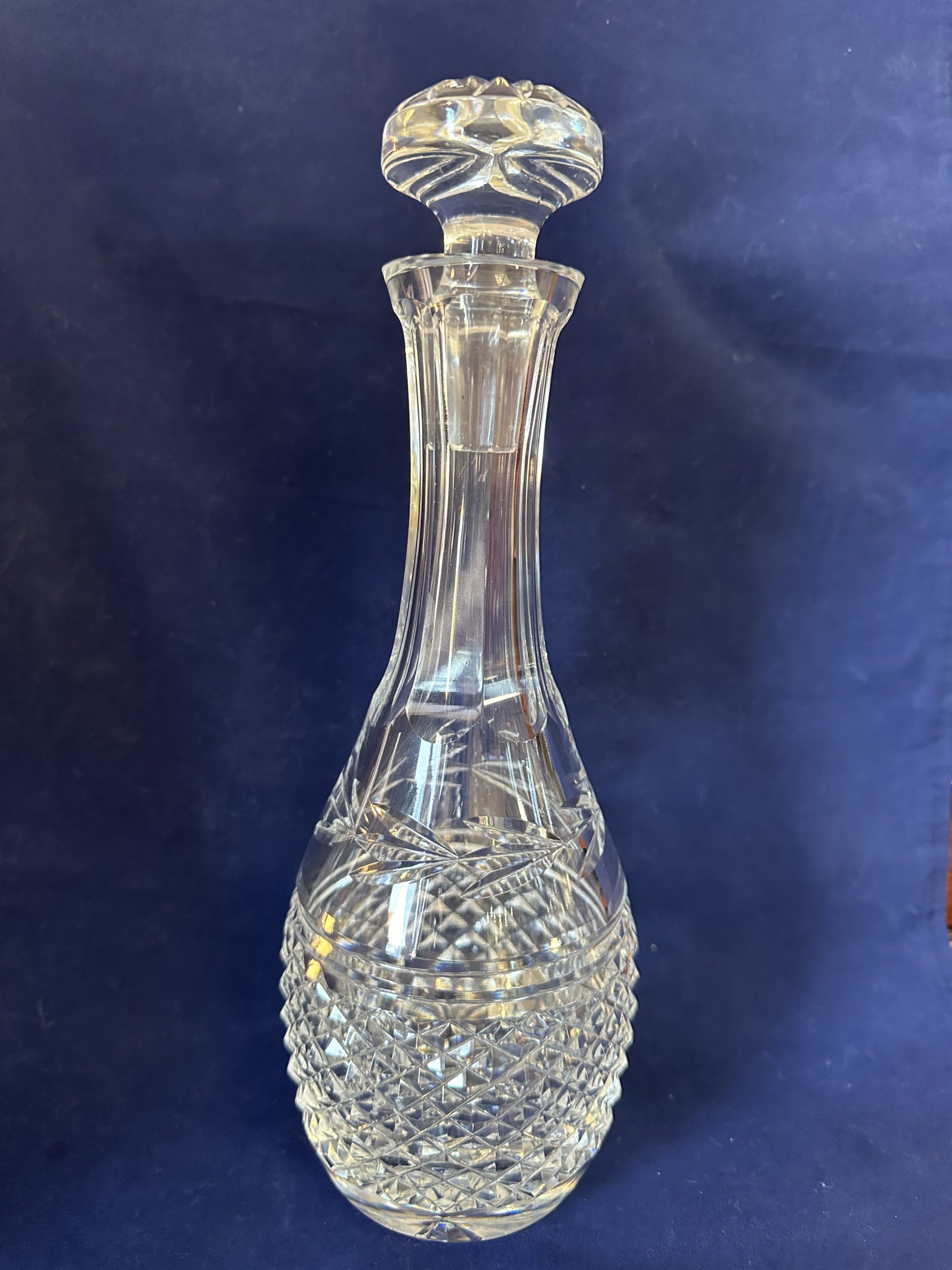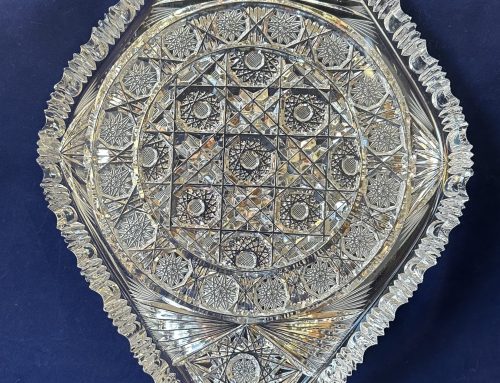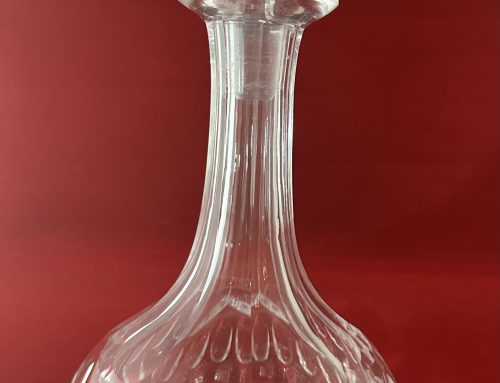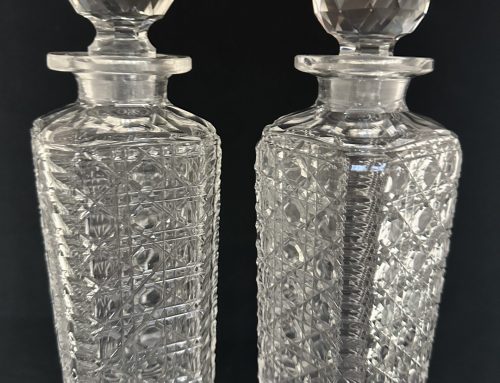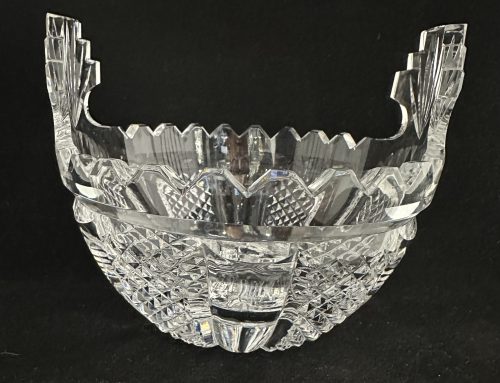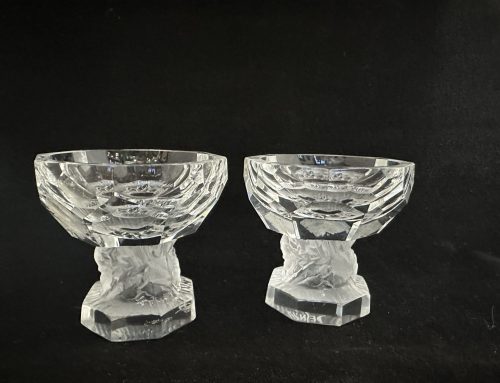Ah, crystal cruets are truly timeless pieces! These elegant vessels have been gracing dining tables and altars for centuries, serving both practical and decorative purposes. They’re traditionally used to hold liquids like oil, vinegar, or wine, adding a touch of sophistication to any setting.
Exploring Crystal Cruets:
- Historical Significance: Crystal cruets date back to the 17th century, where they became popular in Europe among the aristocracy. They symbolized wealth and refinement.
- Design Features: Many cruets showcase hand-cut patterns, such as diamonds, stars, or intricate scrollwork. Some feature silver or gold accents, stoppers, or decorative handles.
- Notable Makers:
- Waterford Crystal: Renowned for exceptional clarity and masterful cuts.
- Baccarat: French crystal artisans known for luxurious designs.
- Lalique: Famed for their artful blend of frosted and clear crystal.
- Usage: Beyond dining, cruets are used in religious ceremonies, holding sacramental wine and water.
Identifying Your Crystal Cruet:
- Examine for Markings: Gently check the base or sides for any etched signatures, logos, or numbers. These can be clues to the manufacturer.
- Assess the Style: Is it Art Deco, Victorian, or perhaps Mid-Century Modern? The design style can narrow down the era and maker.
- Consider the Origin: If it’s European, certain design elements might indicate if it’s from Bohemia (Czech Republic), Austria, or Ireland.
- Consult Resources: Antique reference books or online databases might list similar pieces.
A Little Extra for You:
- Fun Fact: The word “cruet” comes from the Old French word crue, meaning “earthen pot.” It’s fascinating how these pieces evolved from humble beginnings to exquisite art forms in crystal!
- Care Tips: To preserve its beauty, hand-wash your crystal cruet with mild soap and lukewarm water. Avoid harsh abrasives that can scratch the surface.
